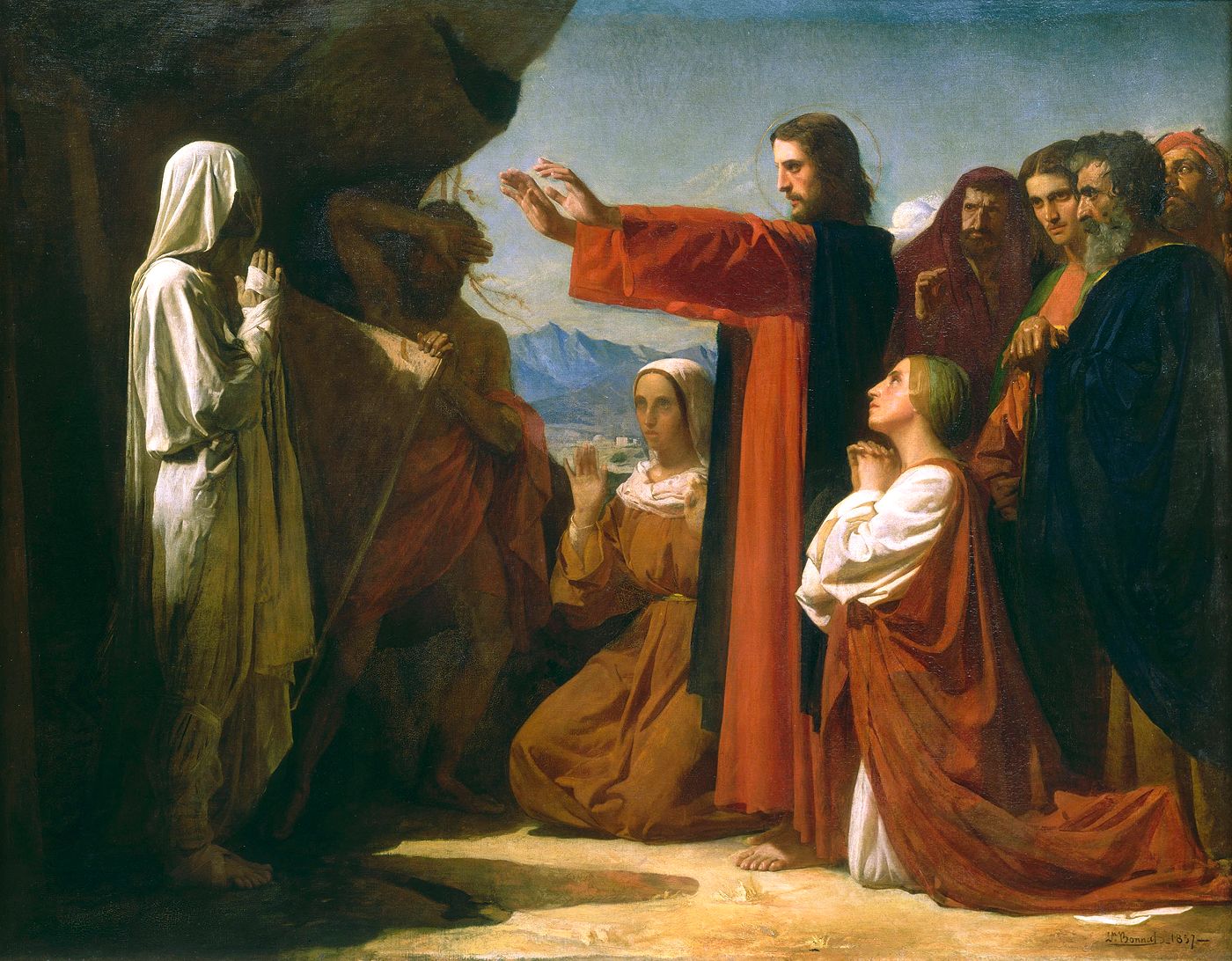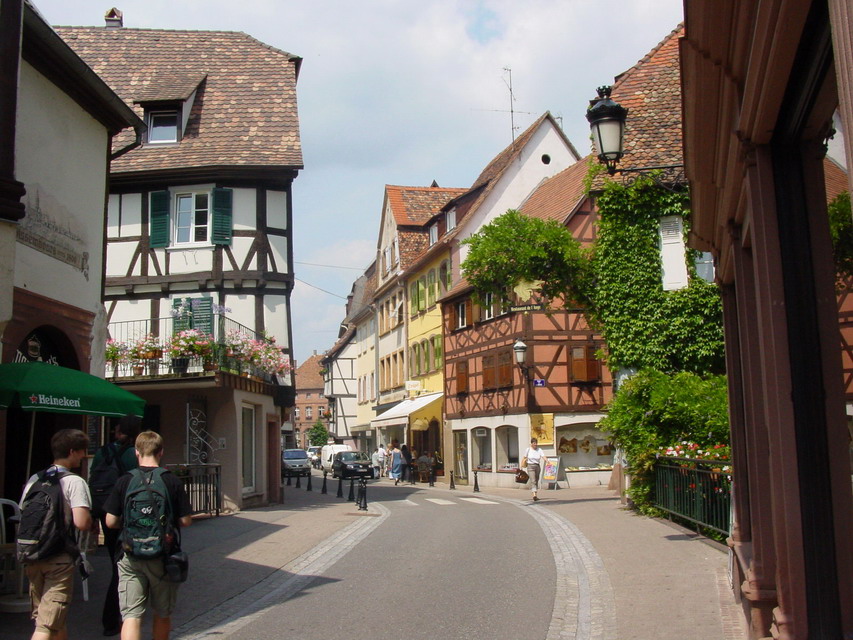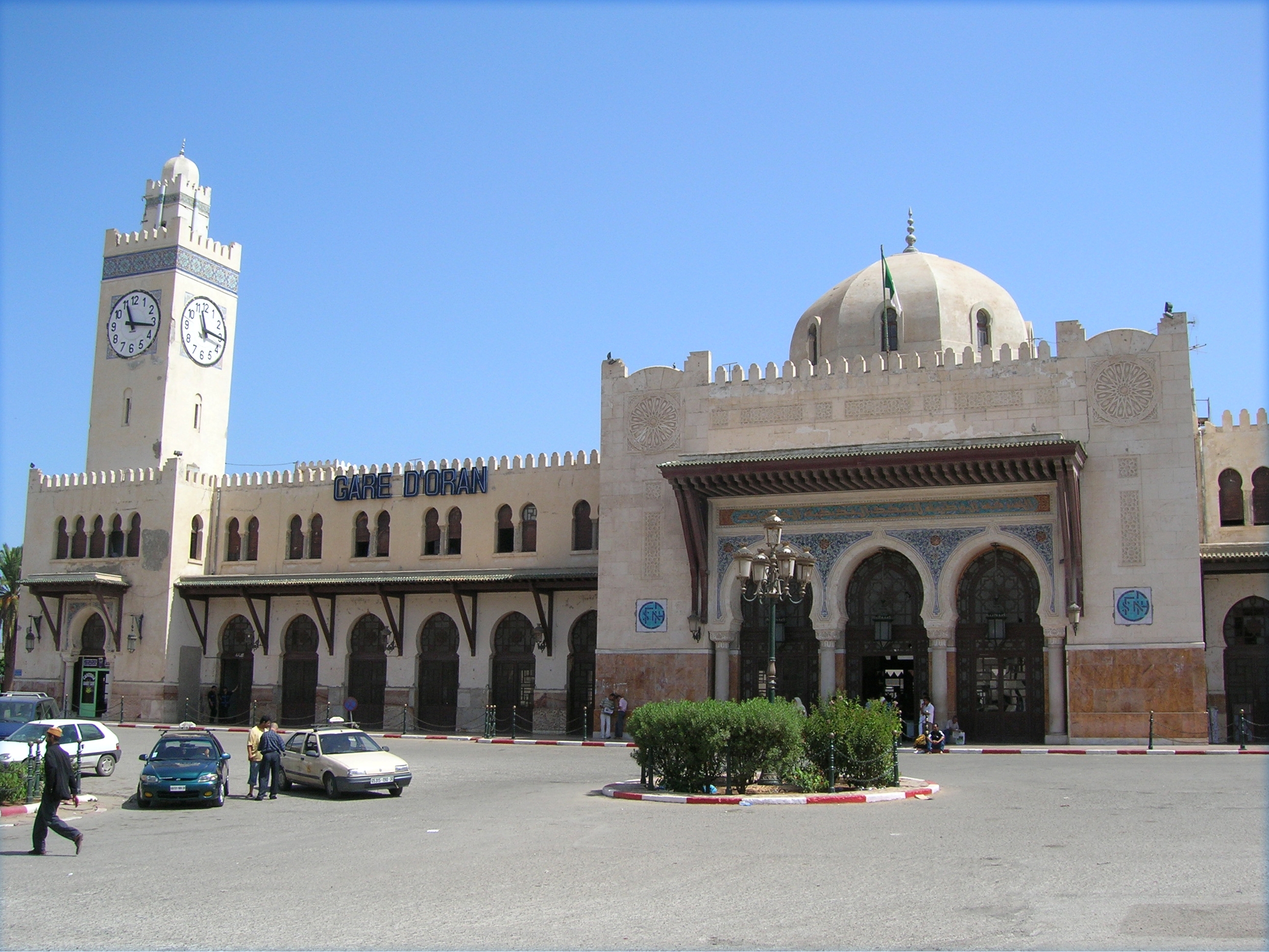|
Émile Boeswillwald
Émile Boeswillwald (2 February 1815 – 20 March 1896) was a French architect. He succeeded Prosper Mérimée as Inspector General of Historic Monuments and collaborated with Eugène Viollet-le-Duc. Life Emile Boeswillwald born in Strasbourg on 2 February 1815. He learned the trade of stonemason, continuing his apprenticeship in Munich in 1836. He then studied architecture in the workshop of Henri Labrouste and at the École des Beaux-Arts in 1837. Boeswillwald exhibited at the Salons of 1839, 1841, 1842, 1844 and 1855. In 1860 he was appointed inspector general of historical monuments. He thus became a member of the committee on historical monuments and the Council of Civil Buildings. In 1864 land was purchased beside the Villa Eugénie in Biarritz on which to erect a chapel designed by Boeswillwald. The chapel, dedicated to Our Lady of Guadeloupe, was consecrated in September 1865. It incorporated an eclectic mix of Roman and Byzantine art with Hispano-Moorish elements ... [...More Info...] [...Related Items...] OR: [Wikipedia] [Google] [Baidu] |
Léon Bonnat
Léon Joseph Florentin Bonnat (20 June 1833 – 8 September 1922) was a French painter, Grand Officer of the Légion d'honneur and professor at the Ecole des Beaux Arts. Early life Bonnat was born in Bayonne, but from 1846 to 1853 he lived in Madrid, where his father owned a bookshop. While tending his father's shop, he copied engravings of works by the Old Masters, developing a passion for drawing. In Madrid he received his artistic training under Madrazo. He later worked in Paris, where he became known as a leading portraitist, never without a commission. His many portraits show the influence of Velázquez, Jusepe de Ribera and other Spanish masters, as well as Titian and Van Dyke, whose works he studied in the Prado, which placed him at the forefront of painting in France in the 1850s, opposing neoclassicism and academicism. Following the period in Spain, Bonnat worked the studios of the history painters Paul Delaroche and Leon Cogniet (1854) in Paris. Despite repeated a ... [...More Info...] [...Related Items...] OR: [Wikipedia] [Google] [Baidu] |
Auguste Dreyfus
Auguste Dreyfus (28 June 1827 – 25 May 1897) was a French businessman who made his fortune by financing the Peruvian trade in guano. Dreyfus joined a small textile trading firm set up by three of his elder brothers and moved to Lima, Peru to act as their local representative. He became involved in the guano trade, and in 1869 signed a major contract with the Peruvian government that gave him a monopoly over exports of Peruvian guano to Europe. With this he controlled the largest source of Peruvian national income. The Peruvian government let Dreyfus act as their agent in managing their existing debt and floating new loans used for railway construction. The government ran into increasing financial difficulties. These were compounded by a war with Chile between 1879 and 1883 in which they lost their key guano-producing province. A lengthy series of lawsuits followed between the creditors whose loans were secured by guano deposits and the governments of Peru and Chile. The Dreyfus t ... [...More Info...] [...Related Items...] OR: [Wikipedia] [Google] [Baidu] |
1896 Deaths
Events January–March * January 2 – The Jameson Raid comes to an end, as Jameson surrenders to the Boers. * January 4 – Utah is admitted as the 45th U.S. state. * January 5 – An Austrian newspaper reports that Wilhelm Röntgen has discovered a type of radiation (later known as X-rays). * January 6 – Cecil Rhodes is forced to resign as Prime Minister of the Cape of Good Hope, for his involvement in the Jameson Raid. * January 7 – American culinary expert Fannie Farmer publishes her first cookbook. * January 12 – H. L. Smith takes the first X-ray photograph. * January 17 – Fourth Anglo-Ashanti War: British redcoats enter the Ashanti capital, Kumasi, and Asantehene Agyeman Prempeh I is deposed. * January 18 – The X-ray machine is exhibited for the first time. * January 28 – Walter Arnold, of East Peckham, Kent, England, is fined 1 shilling for speeding at (exceeding the contemporary speed limit of , the first s ... [...More Info...] [...Related Items...] OR: [Wikipedia] [Google] [Baidu] |
1815 Births
Events January * January 2 – Lord Byron marries Anna Isabella Milbanke in Seaham, county of Durham, England. * January 3 – Austria, Britain, and Bourbon-restored France form a secret defensive alliance treaty against Prussia and Russia. * January 8 – Battle of New Orleans: American forces led by Andrew Jackson defeat British forces led by Sir Edward Pakenham. American forces suffer around 60 casualties and the British lose about 2,000 (the battle lasts for about 30 minutes). * January 13 – War of 1812: British troops capture Fort Peter in St. Marys, Georgia, the only battle of the war to take place in the state. * January 15 – War of 1812: Capture of USS ''President'' – American frigate , commanded by Commodore Stephen Decatur, is captured by a squadron of four British frigates. February * February – The Hartford Convention arrives in Washington, D.C. * February 3 – The first commercial cheese factory is foun ... [...More Info...] [...Related Items...] OR: [Wikipedia] [Google] [Baidu] |
Architects From Strasbourg
An architect is a person who plans, designs and oversees the construction of buildings. To practice architecture means to provide services in connection with the design of buildings and the space within the site surrounding the buildings that have human occupancy or use as their principal purpose. Etymologically, the term architect derives from the Latin ''architectus'', which derives from the Greek (''arkhi-'', chief + ''tekton'', builder), i.e., chief builder. The professional requirements for architects vary from place to place. An architect's decisions affect public safety, and thus the architect must undergo specialized training consisting of advanced education and a ''practicum'' (or internship) for practical experience to earn a license to practice architecture. Practical, technical, and academic requirements for becoming an architect vary by jurisdiction, though the formal study of architecture in academic institutions has played a pivotal role in the development of the ... [...More Info...] [...Related Items...] OR: [Wikipedia] [Google] [Baidu] |
Timgad
Timgad ( ar, تيمقاد, links=, lit=, translit=Tīmgād, known as Marciana Traiana Thamugadi) was a Roman city in the Aurès Mountains of Algeria. It was founded by the Roman Emperor Trajan around 100 AD. The full name of the city was ''Colonia Marciana Ulpia Traiana Thamugadi''. Emperor Trajan named the city in commemoration of his mother Marcia, eldest sister Ulpia Marciana, and father Marcus Ulpius Traianus. Located in modern-day Algeria, about 35 km east of the city of Batna, the ruins are noteworthy for representing one of the best extant examples of the grid plan as used in Roman town planning. Timgad was inscribed as a World Heritage Site by UNESCO in 1982. Name In the former name of Timgad, Marciana Traiana Thamugadi, the first part – Marciana Traiana – is Roman and refers to the name of its founder, Emperor Trajan and his sister Marciana. The second part of the name – Thamugadi – "has nothing Latin about it". Thamugadi is the Berber name of the p ... [...More Info...] [...Related Items...] OR: [Wikipedia] [Google] [Baidu] |
Albert Ballu
Albert Ballu (1 June 1849 - 3 November 1939) was a French architect. He designed many buildings in French Algeria, including the Cathédrale du Sacré-Cœur d'Oran. Education and early career Albert Ballu was the son of an architect, Théodore Ballu (1817–1885), who designed several churches in Paris and who from 1860 was head of public works for the city of Paris. Albert entered the École nationale supérieure des Beaux-Arts in 1868. He was a student of Auguste Magne and his father. After graduating he assisted his father and participated in various competitions for public architecture. He was employed by the Church for the restoration of religious buildings, first in Aix-en-Provence and then in Algiers, where in the 1880s he conducted a survey of local architecture, notably mosques and palaces. Work in Algeria In 1889 he succeeded Edmond Duthoit as chief architect of the historical monuments department in Algeria, a position which he held for 30 years. Like his predeces ... [...More Info...] [...Related Items...] OR: [Wikipedia] [Google] [Baidu] |
René Cagnat
René Cagnat (10 October 1852 – 27 March 1937) was a French historian, a specialist of Latin epigraphy and history of North Africa during Antiquity. Biography On the death of his father, Léon Renier, a friend of the family, supported his education. Under the influence of Ernest Desjardins, he became interested in epigraphy. Agrégé de grammaire in 1876, he led an archaeological campaign in Tunisia and became professor of epigraphy in 1883. From 1880, René Cagnat devoted his first scientific work in 1882 on municipal militias as well as indirect taxes in the Roman Empire. In 1885 he published his famous ''Cours d'épigraphie latine'' which had several editions. His most lasting achievement was the creation in 1888 of the journal ''L'Année épigraphique'', in which epigraphy reports, previously widely dispersed, were collected and published. In carrying out this task, he was assisted by Jean-Guillaume Feignon, his deputy epigrapher. By the 1880s, Cagnat focused especial ... [...More Info...] [...Related Items...] OR: [Wikipedia] [Google] [Baidu] |
Église Saint-Pierre-et-Saint-Paul, Neuwiller-lès-Saverne
Église Saint-Pierre-et-Saint-Paul is the Catholic parish church of the village of Neuwiller-lès-Saverne, in the Bas-Rhin department of France. Formerly the church of a rich Benedictine abbey founded in 726, it is surrounded by buildings and ruins that had once belonged to the same order. Thanks to its Romanesque parts, the church is a stage on the Romanesque Road of Alsace. It is classified as a Monument historique by the French Ministry of Culture since 1840, making it a part of the very first list of such heritage buildings. Architecture The church's exterior architecture is strikingly clear-cut, insofar as its visible parts are growing younger from East to West, or older from West to East. The purely Romanesque superposed chapels behind the choir date from the 11th century; the choir itself, the transept and the easternmost bay of the nave date from the late 12th and early 13th century and reflect a transitional style between Romanesque and Gothic architecture; ... [...More Info...] [...Related Items...] OR: [Wikipedia] [Google] [Baidu] |
Sainte-Chapelle
The Sainte-Chapelle (; en, Holy Chapel) is a royal chapel in the Gothic style, within the medieval Palais de la Cité, the residence of the Kings of France until the 14th century, on the Île de la Cité in the River Seine in Paris, France. Construction began sometime after 1238 and the chapel was consecrated on 26 April 1248. The Sainte-Chapelle is considered among the highest achievements of the Rayonnant period of Gothic architecture. It was commissioned by King Louis IX of France to house his collection of Passion relics, including Christ's Crown of Thorns – one of the most important relics in medieval Christendom. This was later held in the nearby Notre-Dame Cathedral until the 2019 fire, which it survived. Along with the Conciergerie, Sainte-Chapelle is one of the earliest surviving buildings of the Capetian royal palace on the Île de la Cité. Although damaged during the French Revolution and restored in the 19th century, it has one of the most extensive 13th-c ... [...More Info...] [...Related Items...] OR: [Wikipedia] [Google] [Baidu] |
Laon Cathedral
Laon Cathedral (french: Cathédrale Notre-Dame de Laon) is a Roman Catholic church located in Laon, Aisne, Hauts-de-France, France. Built in the twelfth and thirteenth centuries, it is one of the most important and stylistically unified examples of early Gothic architecture. The church served as the cathedral of the Diocese of Laon until 1802, and has been recognized as a ''monument historique'' since 1840. History Early history The Diocese of Laon was established by archbishop Remigius of Reims at the end of the fifth century. Presumably, an early church was erected soon afterward. Laon soon became one of the principal towns of the Frankish Empire. A later church building, dating from the tenth or eleventh centuries, was torched during the Easter Insurrection on 25 April 1112. The merchants and bourgeoisie of Laon had procured a communal charter, which was soon revoked by Bishop Gaudry. The commune revolted, murdering the bishop. The episcopal palace was set alight; the ... [...More Info...] [...Related Items...] OR: [Wikipedia] [Google] [Baidu] |
Abbey Of Saint-Germer-de-Fly
Saint-Germer-de-Fly Abbey is a former Benedictine abbey located in the village of Saint-Germer-de-Fly, in Picardy in the Oise département of France. Only the late Romanesque-early Gothic church remains, now the village parish church. It is regarded as one of the earliest manifestations of the Gothic style in France. A Gothic chapel added in the mid-13th century is noted as a smaller-scale reinterpretation of the Sainte-Chapelle of Paris. History The abbey was originally built in the 7th century by Saint Germer, its founder and first abbot, as a Benedictine abbey. It was destroyed twice during the invasions of the Normans in the 9th and early 10th centuries, and re-founded as a Cistercian abbey in the 12th century by the Bishop of Beauvais. The relics of Saint Germer were moved from Beauvais Cathedral to the abbey in 1132. In the decade of 1130 the abbey built a basilica church in an advanced Romasque style that permitted an unusual amount of light into the interior of the ... [...More Info...] [...Related Items...] OR: [Wikipedia] [Google] [Baidu] |


.jpg)



